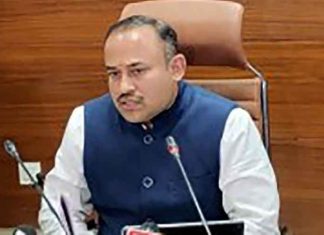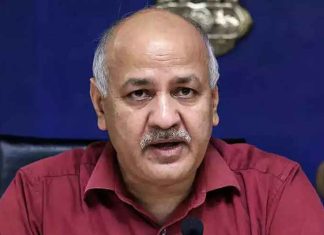New Delhi, May 12, 2020-
Pursuant to the stringent nationwide lockdown, skies in the national capital have turned an Azure blue and the air has become breathable due to 49 per cent reduction in the air quality index (AQI).
AQI captures various air pollutants, such as particulate matter (PM), nitrogen oxide, sulphur dioxide, ozone, carbon monoxide and so on. The ones that are of most concern is particulate matter with a diameter of 2.5 and 10 microns. These are too small to be filtered out of the body.
According to a study conducted by the Indian Institute of Technology (IIT) Delhi, the country has witnessed 43, 31, 10, and 18 per cent decreases in PM 2.5, PM 10, CO, and NO2 levels during the lockdown period compared to previous years.
Among all pollutants, PM 2.5 had maximum reduction in most regions. The nationwide lockdown had enforced restrictions and self-quarantine measures, which reduced emissions from transportation and industries.
If the low levels of air pollution, which have been reached during the lockdown period, are maintained, India’s annual death toll could reduce by 6.5 lakh, the study stated. The mean excessive risks of PM also reduced by 52 per cent nationwide due to restricted activities in the lockdown period.
In Delhi, the country’s most polluted city, transport contributes 41 per cent to pollution, industry contributes 18.61 per cent, power 4.92 per cent and residential emissions 2.96 per cent.
The capital city has witnessed 87.9 per cent decline in nitrogen oxide, whose main contributor is transport. Due to the lockdown, the study stated, “Delhi observed the maximum reduction of 49 per cent in AQI. This reduction in AQI was also associated with a change in dominant pollutants in many cities.”
A slight increase in sulphur dioxide concentrations was, however, observed during this period compared to the previous year. IIT Delhi said that it could be due to no restrictions on power plants in northern India and using coal powered energy as an essential commodity during the lockdown period. Ozone also increased by 10 per cent as compared to the last three years.
Besides this, India’s carbon dioxide emissions have also fallen for the first time in four decades, according to a study conducted by two researchers of Centre for Research on Energy and Clean Air (CREA).
According to the Central government’s System of Air Quality and Weather Forecasting and Research, all the sources of pollution have decreased during the lockdown, other than bio-fuel emissions.
“Biofuel burning from residential areas for cooking purposes, such as LPG, wood, coal and cow dung has increased. In Delhi and Pune, bio-fuel emissions have gone down, but not so much in Ahmedabad and Mumbai,” said Gufran Beig, Director of SAFAR.
Even though the improvements in air quality are likely to be temporary, its decrease has, however, provided a glimmer of hope. In order to make the current pollution levels permanent, serious policy change needs to be enacted.
“Permanent levels are going to play an important role in framing our nation’s standards. The Central Pollution Control Board (CPCB) should seriously consider looking at the baseline levels now,” the SAFAR Director emphasised. (Agency)
For YesPunjab updates on TELEGRAM, download TELEGRAM and CLICK HERE TO SUBSCRIBE






































































